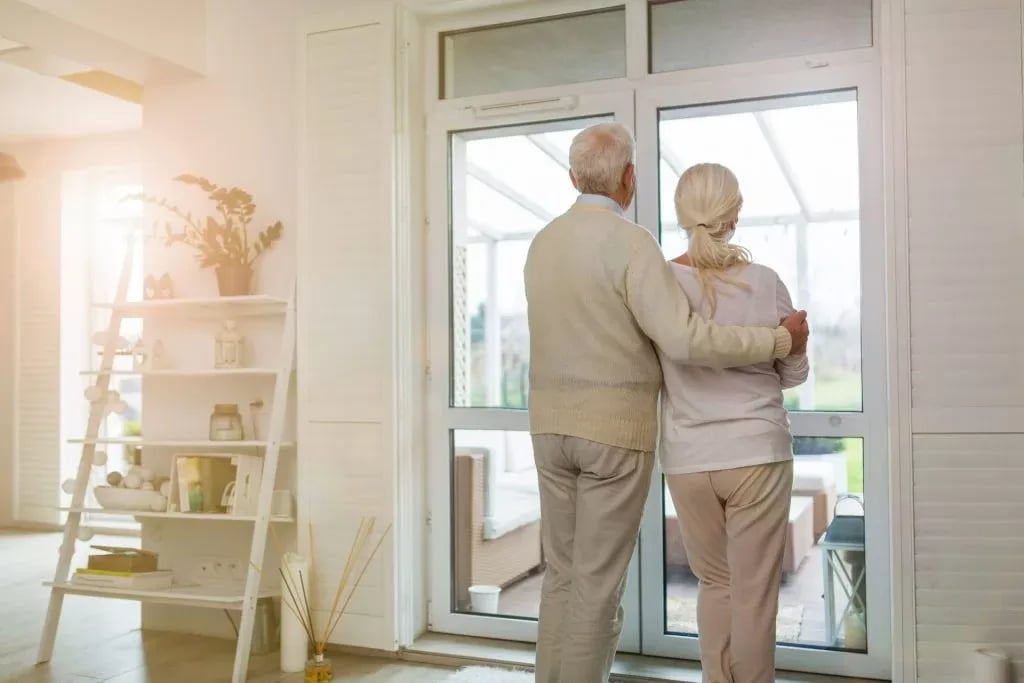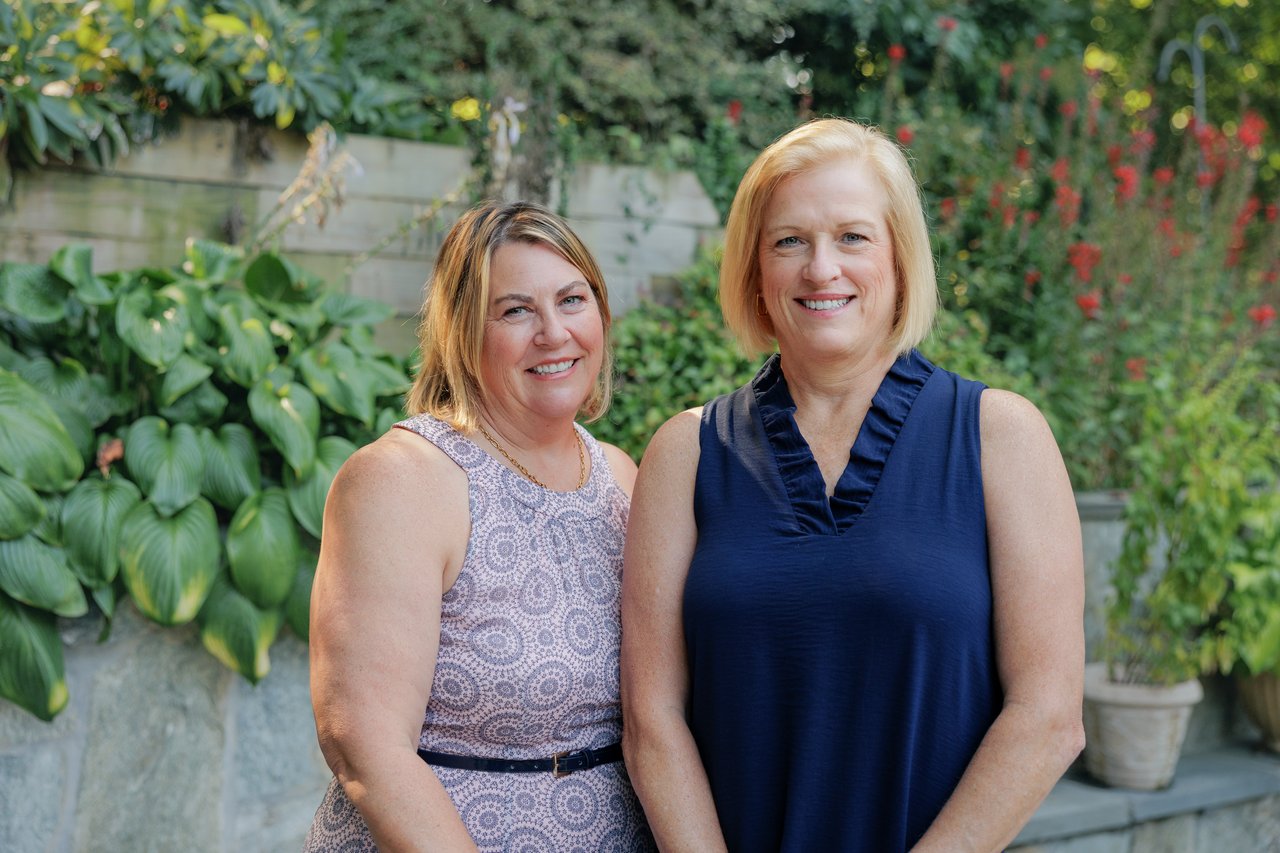An important part of downsizing is preparing mentally and creating a plan of action for the entire moving process, which includes preparing the house for sale as well as preparing your belongings to move. If you started with sorting your life, following the steps in our last article, you will have a good foundation for mentally preparing yourself for the next steps.
Building Your Team
A great way to prepare for downsizing is to have an experienced, reliable team on your side. Depending on the size and condition of your home and your budget, you can decide to have a large team or a small team. But no downsizing team is complete without a reliable and experienced realtor.
For downsizing, a realtor should be able to take you from preparing your old home to handing you the keys to your new home. They should be giving practical advice and helping you navigate any roadblocks each step of the way. They should also have resources to help you build your team. A list of trusted contractors and tradespeople that can help you transform your home into a house any buyer will love.
Going from a Home to a House
This is one of the biggest concepts to help you mentally prepare when selling your home. This home, while it has been your personal retreat for many years, needs to go from “home” in your mind to “house I need to sell.” Shifting your mental perspective will help you make the decisions you need to make to remake your house into what buyers want.
You might want to get pre-moving inspection with a reputable home inspector. This will help you find and address physical problems in your home you may not know about, as well as highlighting the deferred maintenance that are most important to fix before putting your house on the market. Plus, if they have a
“move-in certified” program, once any problems have been fixed, they can re-inspect and allow you to add the pre-inspection to your sale package, likely to be very attractive to buyers in a competitive market.
It’s about the Buyer
Take a walk through your home, starting from the street, where buyers will get their first impression. Imagine you are seeing your house for the first time. A new buyer won’t see your huge flowering bushes as wonderful memories that you planted when your children were young, they will see a mass of growth that they have to deal with that obscures the beauty of the house. They might not need a swingset, and if they do, they won’t see your old set with the same fondness you do, they will see old rusty metal or fading plastic.
With each step, note what you need to do to help a buyer imagine themselves and their family in the house. As mentioned in the last article, personal belongings, like photos, trophies and collectibles, should be the first to be packed up. These personal touches can distract buyers and have them thinking “Who lives here?” and “Why are they leaving?” instead of “Could I live here?”
And take the time during your walkthrough not just to note what you need to do, but to gather and perhaps even record the memories that are most precious to you of your time in your home. This can help you in your mental transition from “my home” to “my house to sell.”
Your realtor and/or a home transition expert can be invaluable as an extra set of impartial eyes in this process. They have seen first-hand what current buyers are looking for and what are common problems that sellers run into when preparing a house for sale. Common items on a plan of action include repainting in neutral colors and putting in new carpets or flooring.
Letting Go
Another crucial part of letting go of your old home, especially when downsizing, is deciding what to do with family items. When going from a large house to a smaller home or apartment, you will lose a lot of storage space.
And while you would love to have a child or other family member take grandma’s curio cabinet or your great-aunt’s wedding china, many modern families also don’t have space or use for items like these anymore. As much as your child might like to take these items, it just might not be practical, and that is not a negative reflection on you or your family, it just reflects changing times and sensibilities. Keeping or passing along smaller items can be much more meaningful and they are more likely to be welcomed.
If an item of furniture or set of tableware is old enough, it might be worth time to see if there is a relevant museum who might want it. Or if there is enough use left in it, a school or charity might be able to give it a new life instead of sitting and decaying in someone’s attic.
Onward!
At the end of this process you should have a list of things that you need to do, a team to help you do them, and a fresh mental outlook from preparing mentally that will help you through the next steps. If you have any questions, or would like Geva and Jane on your downsizing team,
call us at 571.249.4382.
Author
Elizabeth Marcano, Writer for Geva and Jane Real Estate










